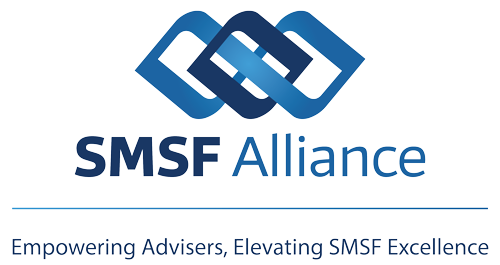This strategy allows eligible members to make an additional $100,000 non-concessional contribution by adjusting their reported total super balance.
A member cannot make a non-concessional contribution in any year where their previous 30 June total super balance (essentially the cash value of their member benefits where no defined benefit pensions are involved) was at least $1.6m. If their balance had been $1 less, subject to their age and/or gainful employment status, they would be eligible to contribute $100k. Similarly, if their balance was $1 less than $1.5m or $1.4m, and they were eligible to make bring forward contributions, their allowable non-concessional contribution would increase by $100k in each case.
The ATO records a member’s total super balance based on the member benefits shown on the fund’s year-end financial statements. These balances represent gross asset valuations, with no reduction for selling costs, so are invariably over-valued for total super balance purposes. Such costs may be substantial, particularly in the case of direct real estate but, in any case, only need to be sufficient to adjust the total super balance to the pivot values mentioned above.
The way in which the adjustment is processed is by way of a Transfer Balance Account Report or TBAR. You may find this surprising as only members with a pension actually have a transfer balance account so does this mean that pensioners are the only members who can adjust their total super balance in this way? The answer is no. The TBAR has more than one purpose, notwithstanding its rather misleading name. It is also used to adjust the total super balance so may be lodged even for a member that has no pension account and, hence, no transfer balance account. The adjustment TBAR should be lodged after the financial returns but be affective from the previous 30 June.
Be aware that the relevant asset will usually be unsegregated so will affect all member accounts pro rata. For example, if the selling cost for an asset is $1,000 and this is the amount required to reduce the member’s balance to just below the tipping point, it will not be effective if the asset is 25% owned by another member’s account as the reduction to the relevant member’s total super balance will only be $750.
Also note that the $1.6m total super balance cap is also applied to the next year’s eligibility for the government co-contribution, spouse contribution tax offset and fund asset segregation.


